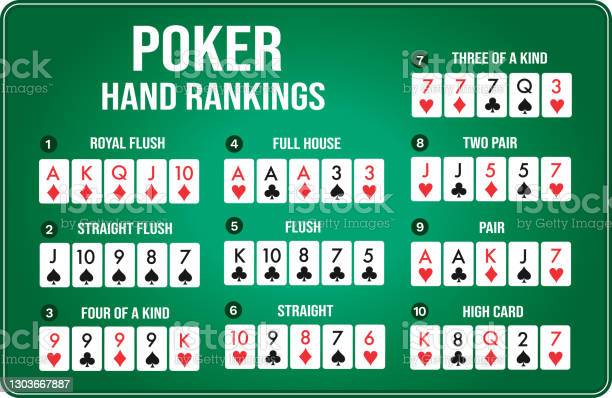
If you’re new to poker and would like to know more about the game, read our article on the rules, variations, and bets. We’ll also discuss the basics of Bluffing and how you can use it to your advantage. This article will explain how you can win big in poker! Read on to find out how! Hopefully, the information here will get you started in the game! Happy playing! And, don’t forget to read the rest of the article if you’re still interested in learning more.
Rules
The Rules of Poker are the fundamental rules that govern a game of poker. This article aims to provide an overview of the rules and how they are implemented. The Professional Tournament Directors Association (Poker TDA) manages the rules for many major poker events. They are comprised of poker players and managers of live poker rooms, tournament circuits and independent poker tournaments. Members of the PTD Association meet twice a year for a summit. At this summit, poker rules are reviewed and approved. A WSOP Tournament Director, Jack Effel, is on the Board of Directors.
Variations
Learning different variations of poker will help you learn the game better and impress others. Different variations of poker include Omaha, Lowball, Dr. Pepper, and more. Below we will examine the basics of each one. The following are some examples. The betting structure in each variant will determine the rules of the game. You will need to know what each betting structure entails before you play. You should also consider how the rules of each variant differ from each other.
Bets
When playing poker, there are a number of different types of bets. Knowing which ones are appropriate to make will help you determine how much money to spend on each hand. A poker betting form will come in handy both when playing with friends and online. Here are some of the most common types of bets and what they mean:
Bluffing
Bluffing in poker is the act of assuming that you have a good hand when you do not. This strategy works well in low-stakes games. It is not advisable to bluff with a large stack because it can cost you a lot of money. However, experienced players can pick the right spots and add to their stacks. However, a beginner may not be aware of the right spots to play in.
Tie hands
A tie hand in poker occurs when two players have the same five-card combination, but neither has a higher pair than the other. In the event of a tie, the player with the lower pair, or “kicker,” wins the hand. Certain board textures increase the odds of a tie. If you are playing poker online, you may also be surprised to learn that the board texture itself can affect the odds of a tie.
Limits
When you’re new to poker, you may be wondering how to best use limits. Limits in poker refer to the rules that govern how much each player can bet, raise, and call. Depending on the game, betting limits are either set at a certain amount or by hand, which determines the timing of your bets. There are various betting limits, each with its own strategies and mistakes to avoid. Listed below are some tips for using limits in poker.
Blinds
There are two kinds of blinds in poker: the small and big blinds. In the former, you play a conservative range, while in the latter, you are expected to be aggressive. The difference between the two is that in the former, the posted blind remains in the player’s stack. In the latter, the blind goes into the pot before the start of the hand. If you’re playing a big blind, you’ll need to increase your betting range a lot to keep up with the rising blind.
Betting intervals
The length of betting intervals in poker games varies from game to game. In most variations, the first player to act places a minimum bet and raises proportionally to the bets of the players to his left. During the betting interval, players may check their hand, raise, or fold. When no one is left, the game is over. The betting interval for poker games depends on the type of game and the rules of the casino.
